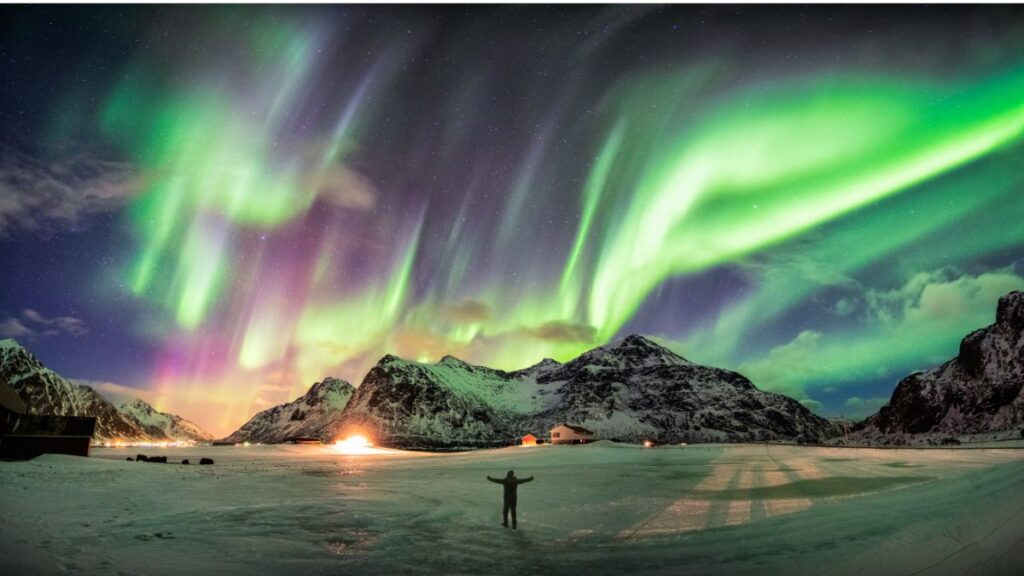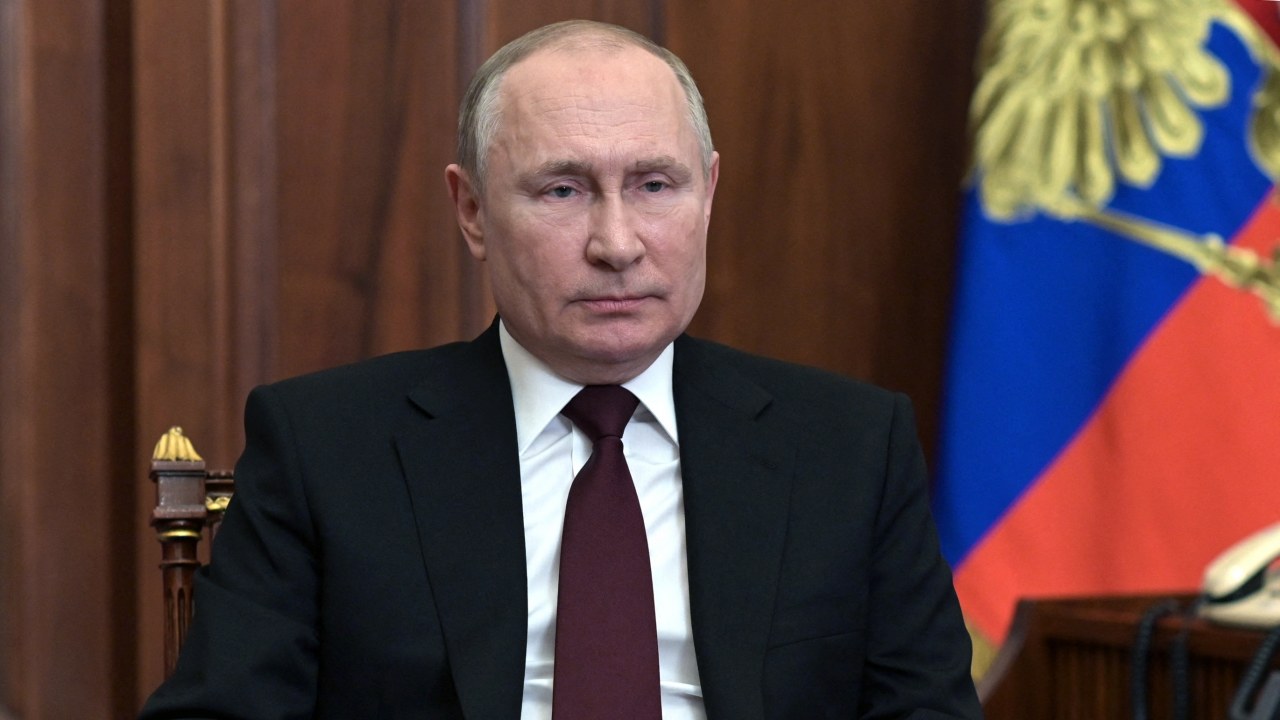
When solar-emitted particles interact with the Earth’s magnetic field, patterns of brilliant lights known as auroras are created in the sky. Nearer the poles is typically where one can observe the phenomenon, also called northern lights,
An powerful red aurora was observed last week at the Hanle and Merak observatories in Ladakh, which take pictures of the night sky. This phenomena is unusual in India.
When solar-emitted particles interact with the Earth’s magnetic field, patterns of brilliant lights known as auroras are created in the sky. Nearer the poles is typically where one can observe the phenomenon.
The view of the camera at Merak on the banks of Pangong Tso was obscured by tall mountains, although the Hanle observatory managed to record the lights pointing towards the northern horizon. According to Dorje Angchuk, the engineer in charge of the Halen observatory, “the red auroral light or northern lights could be seen towards the Northern horizon from 10 pm till midnight of November 5 and its intensity peaked around 10:40 pm.”

This is the second aurora occurrence that the Hanle observatory has photographed this year; the first was on April 23. When solar flare-produced plasma interacts with Earth’s magnetic field, an aurora is visible. The majority of the aurora is visible toward the poles, where the plasma enters.
In regions like India that are closer to the equator, it is largely invisible. However, Vemareddy, a solar scientist from the Indian Institute of Astrophysics, which runs the observatory, said that when the event is strong, it might be seen.
Over the next two years, there will probably be more aurora events than typical. According to Vemareddy, there is an 11-year cycle in which the Sun experiences an increase and reduction in solar flares. Since we are currently in the cycle’s rising phase, there will probably be more solar flares in the upcoming year. The cycle’s peak is probably going to be achieved around 2025, at which point the activity will probably start to decline,” he predicted.

































































































































































































































































































































































































































































































































































































































































































































































































